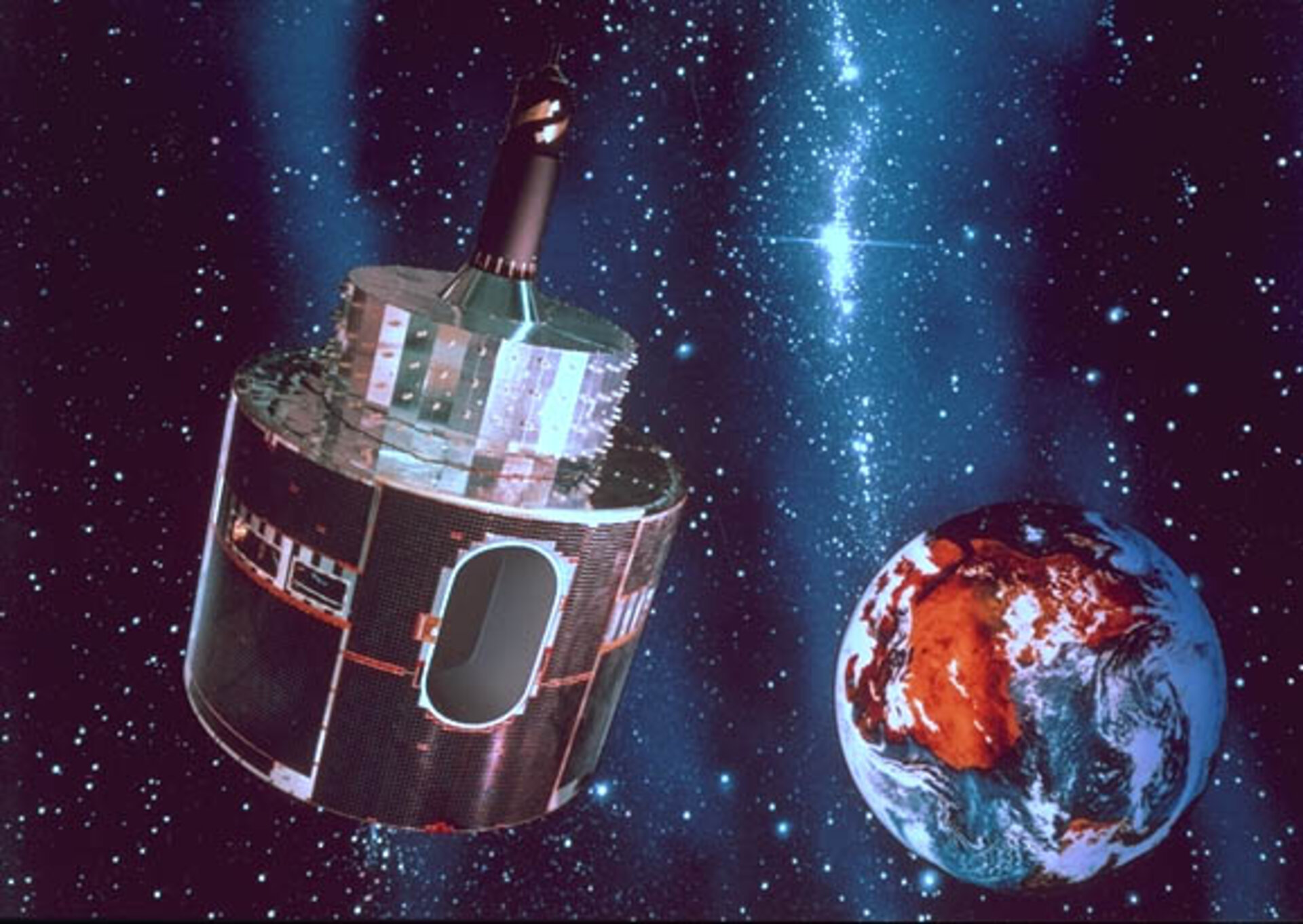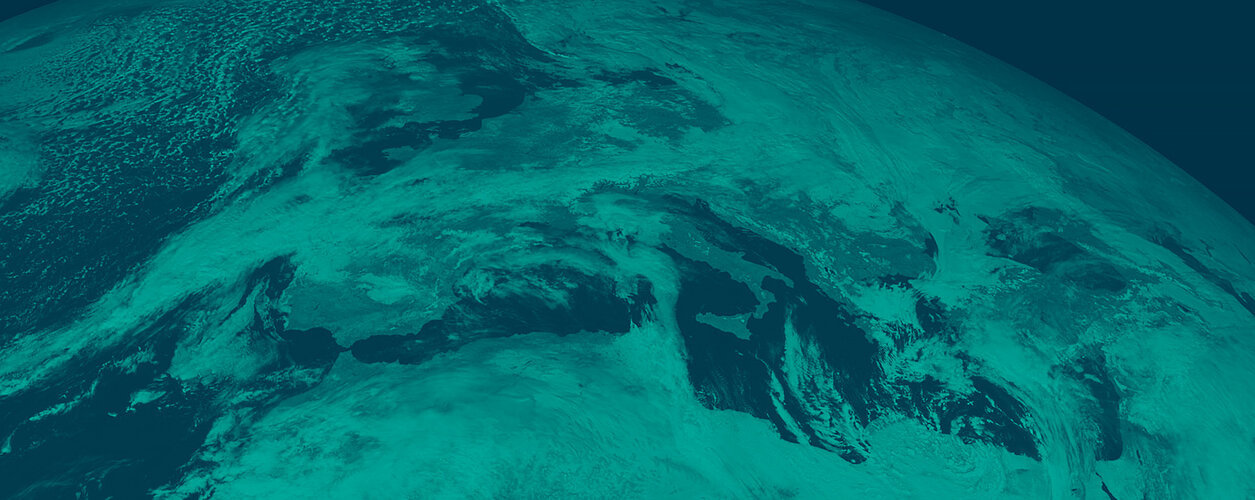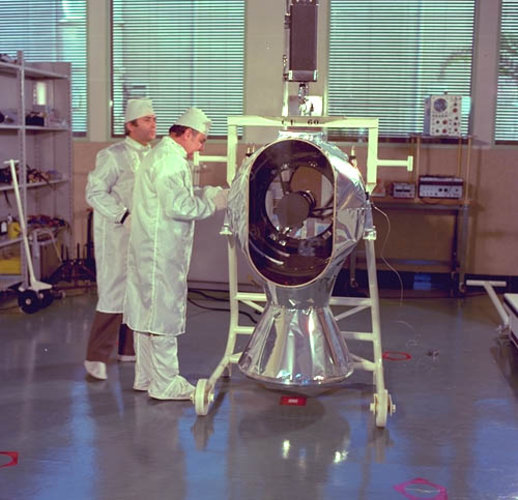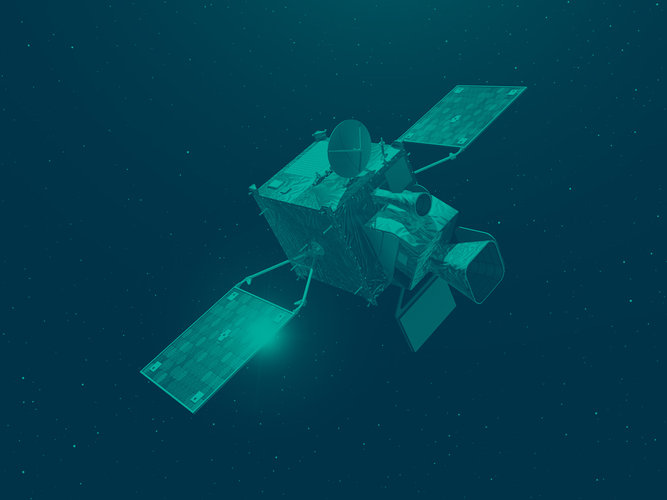A brief history of Meteosat
When the European Space Agency was set up in 1975, it was the political will of its founders that ESA’s research and development programmes should lead to a strong, independent European space sector and to tangible economic benefits. ESA met the initial objectives of bringing together the resources and skills required for developing an integrated space science programme backed up by the national agencies of certain Member States, operational bodies and space initiatives. The success of Meteosat, is a direct result of an R&D programme started by ESA in the early 1970s to serve the meteorological user community.

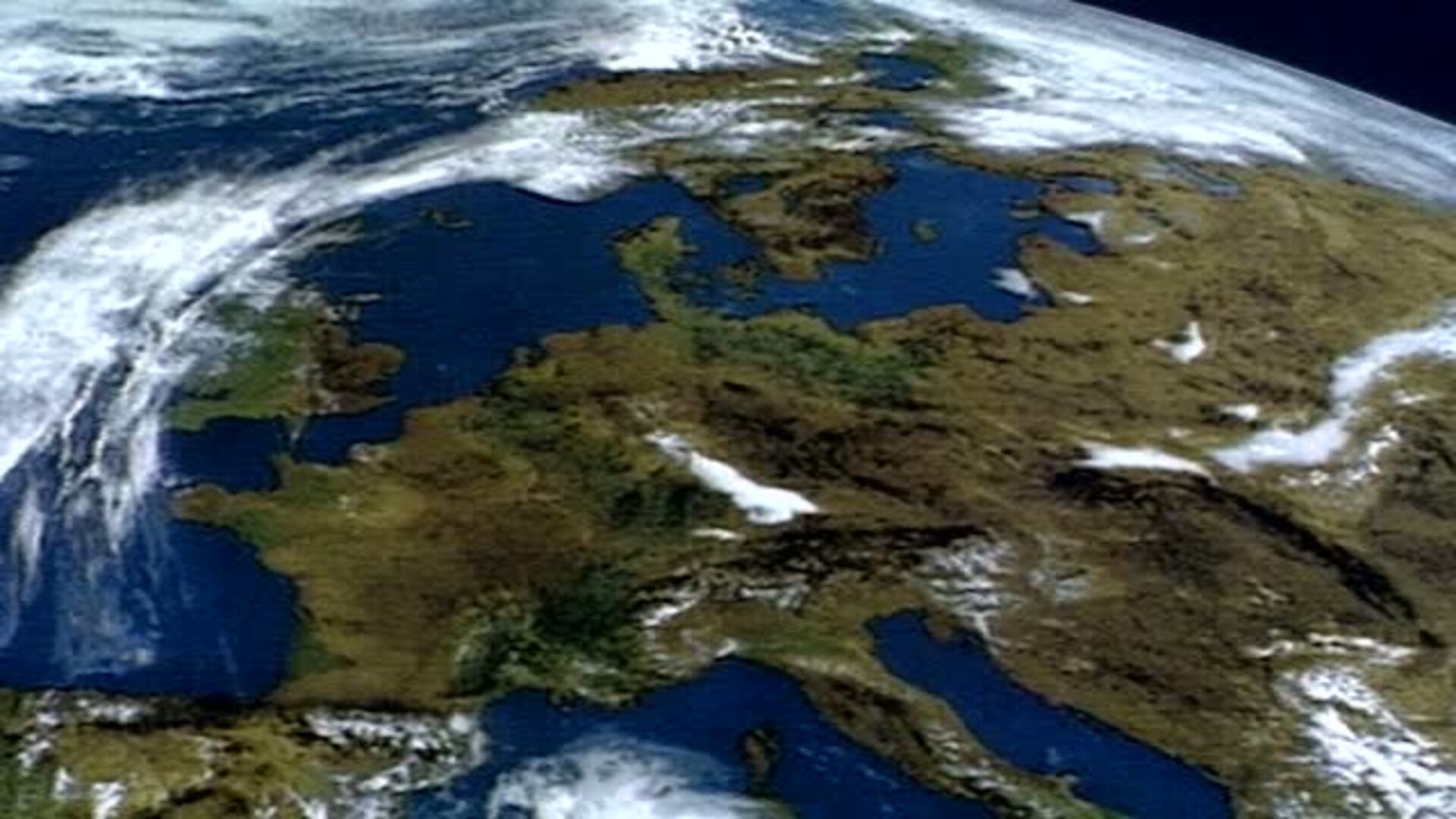
Access the video
Meteosat-1 was launched in November 1977. Placed in geostationary orbit at 0 degrees longitude, it provided a permanent field of view over most of Europe, the whole of Africa, the Middle East and the eastern half of South America - in total over 100 countries.
During the first eight years, ESA’s initial Meteosat system fulfilled its mission to the complete satisfaction of meteorologists and scientists working in climatology and atmospheric physics. However, the focus of ESA programmes was on exploring new space applications. Financing and running the operational systems that resulted from ESA experimental programmes had to be carried out by specialised operators, and, for this reason, an intergovernmental European conference in 1981 sought ways of financing an operational Meteosat programme. A dedicated organisation was set up for this purpose and Eumetsat’s (the European Organisation for the Exploitation of Meteorological Satellites) convention came into force on 19 June 1986.

ESA has been providing funding, manpower, technical support and the necessary infrastructure for the development of the Meteosat satellites. In addition to developing the space segment and procuring the satellites, ESA is in charge of scientific research activities, supports the commissioning phase and also performs the in-orbit functional verification.
In January 1987, five months after it entered into force, Eumetsat took over formal responsibility for the Meteosat system. On 1 December 1995, Eumetsat took over from ESA the operation of Meteosat satellites from its new dedicated Control Centre.
The last of the ESA-owned Meteosat satellites, Meteosat-3, was launched on 15 June 1988. The first operational satellite, Meteosat-4, was launched on 6 March 1989. On 14 June 2006, Eumetsat announced the termination of satellite image transmission from Meteosat-7 from 0 deg longitude as of 09:00 UTC. This represented the end of the first generation of Meteosat.
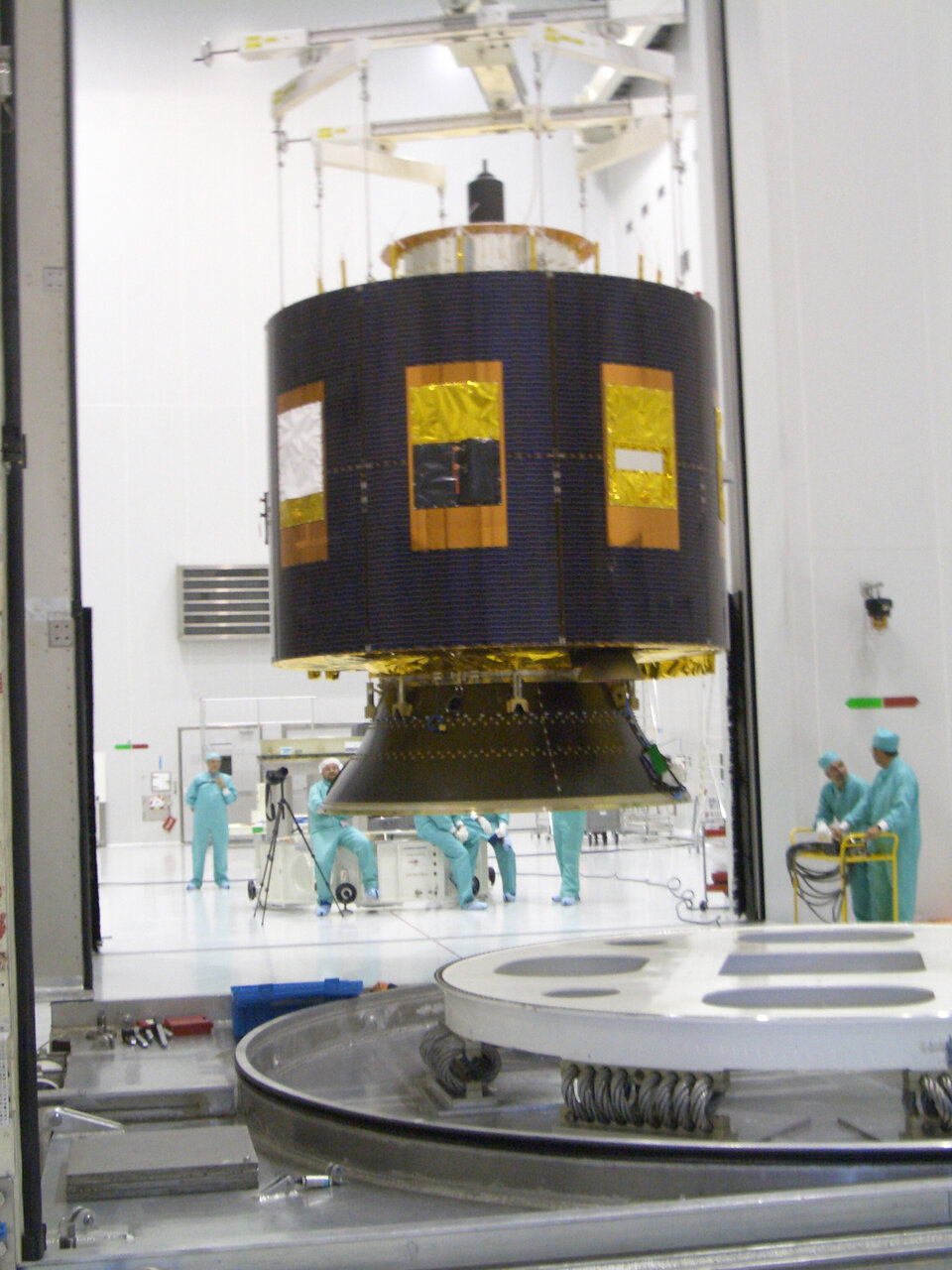
The two major components of the Meteosat system are two or more satellites in orbit and the ground segment. The operational Meteosat Second Generation (MSG) satellites are located at 0 degrees longitude at 36 000 kilometers above the equator. Only one is the operational satellite, while the other is the in-orbit backup. The spacecraft can be moved above any point over the equator. In 1991, it was possible, for example, to shift one of the three Meteosat satellites in orbit (Meteosat-3) westwards over the Americas. From its new position, it supplied data to NOAA, the US weather service, which had only one satellite left in geostationary orbit.
A series of four Meteosat Second Generation (MSG) satellites provide more comprehensive and more frequent data to meteorologists and climate-monitoring scientists. ESA was responsible for designing and developing the first MSG satellite, and for procuring the other three on behalf of Eumetsat. Meanwhile Eumetsat has responsibility for defining the payload based on user needs, procuring the ground segment and launchers, and operating the system.
Following the successful commissioning of the MSG series, ESA and Eumetsat are already developing the next European operational geostationary meteorological satellite system in the form of the Meteosat Third Generation (MTG) to enable Europe to meet its obligations to the Global Observing System. MTG will revolutionise weather forecasting and environmental monitoring as we now know them, by providing a very significant improvement over the capabilities of the previous Meteosats. The first satellite, the Meteosat Third Generation Imager-1 (MTG-I1), was launched on 13 December 2022.
Meteosat chronology
| |
Meteosat-1 | Launch Site/Vehicle: Cape Canaveral/Delta 2000 |
| |
Meteosat-2 | Launch Site/Vehicle: Kourou/Ariane 1 |
| |
Meteosat-3 | Launch Site/Vehicle: Kourou/Ariane 44LP |
| |
Meteosat-4 | Launch Site/Vehicle: Kourou/Ariane 44LP |
| |
Meteosat-5 | Launch Site/Vehicle: Kourou/Ariane 44LP |
| |
Meteosat-6 | Launch Site/Vehicle: Kourou/Ariane 44LP |
| |
Meteosat-7 | Launch Site/Vehicle: Kourou/Ariane 44LP |
| |
MSG-1 (Meteosat-8) | Launch Site/Vehicle: Kourou/Ariane 5 |
| |
MSG-2 (Meteosat-9) | Launch Site/Vehicle: Kourou/Ariane 5 |
| |
MSG-3 (Meteosat-10) | Launch Site/Vehicle: Kourou/Ariane 5 |
| |
MSG-4 (Meteosat-11) | Launch Site/Vehicle: Kourou/Ariane 5 |
| |
MTG-I1 | Launch Site/Vehicle: Kourou/Ariane 5 |


